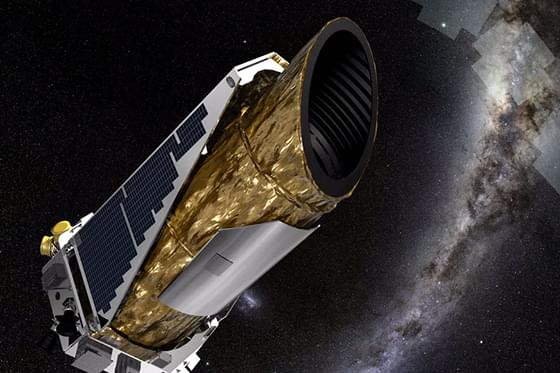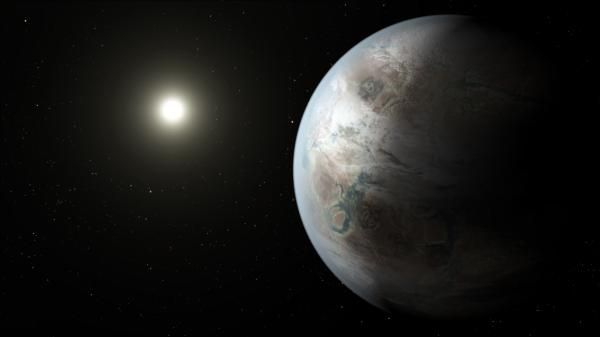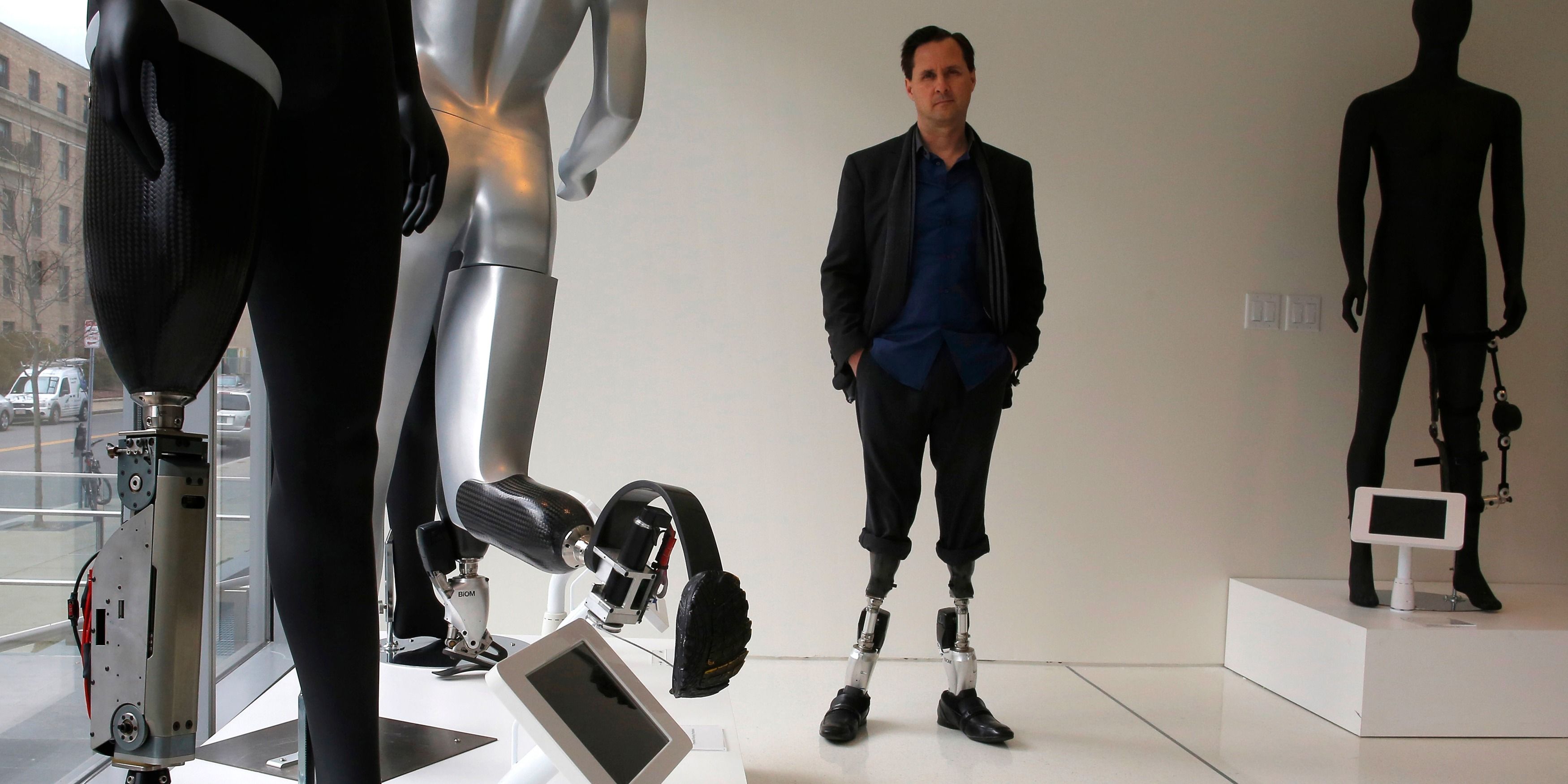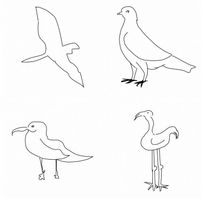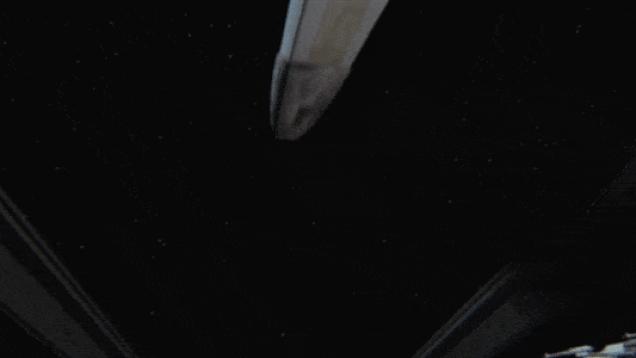After 85 years of searching, researchers have confirmed the existence of a massless particle called the Weyl fermion for the first time ever. With the unique ability to behave as both matter and anti-matter inside a crystal, this strange particle can create electrons that have no mass.
Nasa has announced the discovery of Kepler 452B by their Kepler space telescope — a planet very similar to Earth in the Milky Way. Here are the latest updates:
By Irene Klotz CAPE CANAVERAL, Fla. (Reuters) — A planet believed to be remarkably similar to Earth has been discovered orbiting a distant sun-like star, bolstering hopes of finding life elsewhere in the universe, U.S. scientists said on Thursday. The planet, which is about 60 percent bigger than Earth, is located 1,400 light years away in the constellation Cygnus. It was discovered by astronomers using NASA’s Kepler space telescope and circles a star that is similar in size and temperature to the sun, but older.

“People basically have to buy a new gas car to get a cleaner gas car. If you own an EV for a decade, on the other hand, it has the potential to get cleaner every year as the electricity grid gets cleaner—in a sense, updating itself in real-time. ‘Only electric cars get cleaner as you drive them.’” Read more
NASA has had a pretty big month already, but apparently the US space agency’s not done yet. The Ames Research Centre team has revealed that they’ll be making a big announcement on Thursday at 4pm UTC (9am PDT on Thursday, or 2am AEST on Friday) about the exoplanet-hunting Kepler mission. And speculation is already running wild that they may be about to announce the discovery of a new Earth-like planet in the habitable zone of a star… in other words, a potential new home for humanity (or prime spot to look for extraterrestrial life).
Will humans ever live forever? With these technological advancements maybe one day. From Robot Avatars to Scientists Manipulating Molecules Alltime10s proudly presents 10 Technologies That Could Make Humans Immortal.
Based on our list of the 50 groundbreaking scientists who are changing the way we see the world.
The Sketch-a-Net program successfully identified a seagull, pigeon, flying bird and standing bird better than humans. (Credit: QMUL, Mathias Eitz, James Hays and Marc Alexa)
Looking for aliens is really, really cool. But more cool would be finding them. And this obviously leads to the question, what if we catch E.T. watching “Guardians of the Galaxy” in a dark corner of our galaxy? What if we’re not alone? The philosophical consequences are worth intense contemplation.
